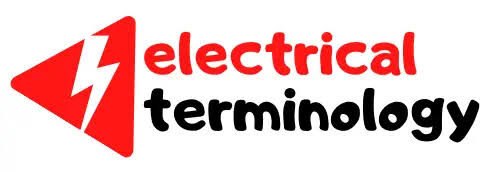Choosing the Right Heat Shrink Tubing: A Step-by-Step Guide

Looking for a heat shrink tubing that suits your needs can be a daunting task, especially when there are so many options available in the market. Choosing the right heat shrink tubing is crucial to ensure that your wires or cables are properly insulated, protected and organized. In this step-by-step guide, we’ll walk you through the factors to consider when choosing heat shrink tubing and provide some tips to help you make an informed decision. Whether you’re a professional electrician or a DIY enthusiast, this guide will help you choose the right heat shrink tubing for your project.

Heat Shrink Tubing Selection Parameters
To select a proper heat-shrink tubing you have to consider the below parameters:
1. Shrink ratio
The shrink ratio is an expression of how much the inside diameter of shrink tubing will reduce in size when recovered. Generally, don’t use a higher ratio than your application requires.
For example:
2:1 shrink ratio: 1/2″ will recover to 1/4″ — 50% shrinkage.
3:1 shrink ratio: 3/4″ will recover to 1/4″ — 67% shrinkage.

2. Sleeve diameter
The final shrink diameter should be smaller than the object to which the sleeve is applied. Put another way, you don’t want to shrink the sleeve completely. The sleeve should shrink tightly against the object which won’t happen if the object is smaller than the final shrink diameter.
3. Longitudinal shrinkage
Longitudinal shrinkage is the change in the length of tubing when recovered. Expressed in the percent of change from the original length.
Heat-shrinkable tubing has a small loss of length during the recovery process. Take into account the change in length of the recovered tubing (after shrinking). Longitudinal shrinkage varies from 5% to approximately 15% – depending on the material.
4. Wall thickness
Wall thickness is the thickness of the applied insulation or jacket. Heat-shrink sleeves come in various thicknesses. A thicker wall provides more abrasion resistance, rigidity and the ability to withstand wear and tear. If you don’t need such robustness, a thin-wall sleeve is fine.
5. Stiffness
Different sleeves have different degrees of flexibility. A more rigid sleeve is a good choice for achieving strain relief on a connector or terminal where reducing flexing is one goal of the heat-shrink tubing.
6. Sealing
Heat-shrink tubing will seal the interface between the tubing and the object. If sealing is important, choose a material that will withstand any unique contaminants. For the best shielding, try to limit the shrinking to 75% to 80% of the maximum. For a 0.500 sleeve with a 2:1 shrink ratio, the object should not be less than 0.32 inches to ensure proper sealing. Some heat-shrink tubing features an adhesive or meltable inner layer for applications that require maximum sealing. In most cases, standard tubing will provide adequate sealing but adhesive-lined tubing goes a step further.

7. Shrink temperature
Shrink temperature is the minimum temperature at which a product begins to recover. A tube with a lower shrink temperature will generally shrink faster. Products with higher shrink temperatures generally have higher performance. Common polyolefin materials have a recommended shrink temperature of around 90°C, although other materials offer shrink temperatures, notably Teflon as high as 250°C.
8. The usual considerations
You must consider the basic application requirements of voltage, operating temperature range and other typical concerns in any application. You also need to consider special application needs such as resistance to chemicals and oils.
In conclusion, choosing the right heat shrink tubing is essential to ensure the proper insulation, protection and organization of wires and cables. When selecting heat shrink tubing, there are several important factors to consider such as the shrink ratio, sleeve diameter, longitudinal shrinkage, wall thickness, stiffness, sealing and shrink temperature. These parameters can impact the performance and durability of the heat shrink tubing in your specific application. By taking the time to consider these factors and choosing the appropriate heat shrink tubing for your project, you can ensure that your electrical connections are well-insulated and protected for years to come.

 Best Electrical Tapes for Outdoor Use: Buying Guide
Best Electrical Tapes for Outdoor Use: Buying Guide  What is an Arc Flash Relay? How Does it Work?
What is an Arc Flash Relay? How Does it Work?  What is a Dual Function Circuit Interrupter? And Its Function
What is a Dual Function Circuit Interrupter? And Its Function  Advantages and Disadvantages of Incandescent Lamps
Advantages and Disadvantages of Incandescent Lamps  VFD Parts: A Guide to Their Essential Functions
VFD Parts: A Guide to Their Essential Functions  Applications of 3-Phase Induction Motors in Industries
Applications of 3-Phase Induction Motors in Industries